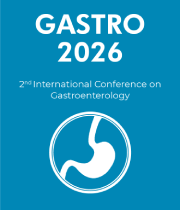Tissue Injury
Tissue injury is defined as any damage to the cells, tissues, and organs of the body. It is a common occurrence, and can range from mild to severe, depending on the type of injury and the extent of the damage. Tissue injury can be caused by a variety of factors, including physical trauma, environmental factors, and even the body’s own immune system. Physical trauma is one of the most common causes of tissue injury. This can include blunt force trauma such as a fall or car accident, or more serious injuries such as gunshot or stab wounds. Environmental factors can also cause tissue damage, such as exposure to chemicals, radiation, or extreme temperatures. In addition, the body’s own immune system can cause tissue damage if it is overactive or out of balance. When tissue is injured, it triggers a cascade of events that cause inflammation, pain, and swelling. This is the body’s natural response to injury, which helps to protect the damaged area and promote healing. Inflammation is characterized by the release of various chemicals, such as histamines, cytokines, and prostaglandins, which cause redness, heat, and swelling. Pain is also a common symptom of tissue injury, as the body tries to limit movement in the area to prevent further damage. The healing process of tissue injury involves a number of stages. In the early stages, the body attempts to repair the damage by activating the immune system and sending healing cells to the area. The damaged cells are then removed and replaced with new, healthy tissue. This process can take several weeks or months depending on the severity of the injury. Once the healing process is complete, the body can return to its normal function. However, if the injury is particularly severe, there may be long-term effects such as scarring or reduced range of motion. In some cases, surgery may be required to repair the damage, or physical therapy may be needed to help the patient regain full function. Overall, tissue injury is a common occurrence and can have a wide range of effects depending on the type and severity of the injury. Treatment and recovery depend on the severity of the injury, and can take several weeks or months before full function is restored.



